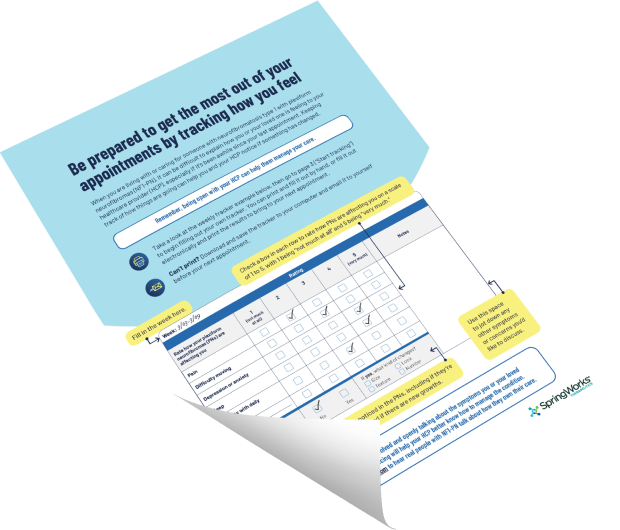This site is intended for US audiences only

Staying engaged in your NF1-PN care

What motivates me to stay on top of my care is remaining healthy and happy and living a full life.
– Lindsey, living with NF1-PN
“I stay on top of routine appointments because it’s so important when you have a chronic medical condition that can change at any moment.”
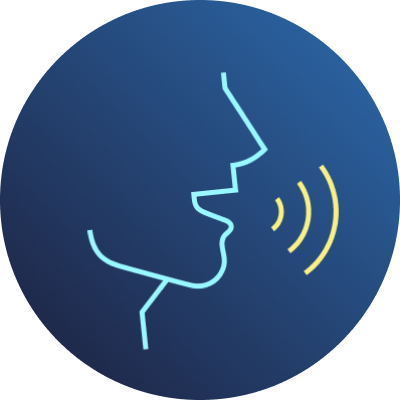
Managing NF1-PN can be challenging as you get older





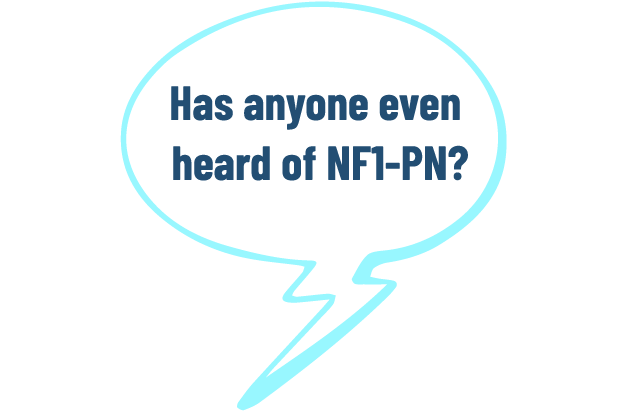


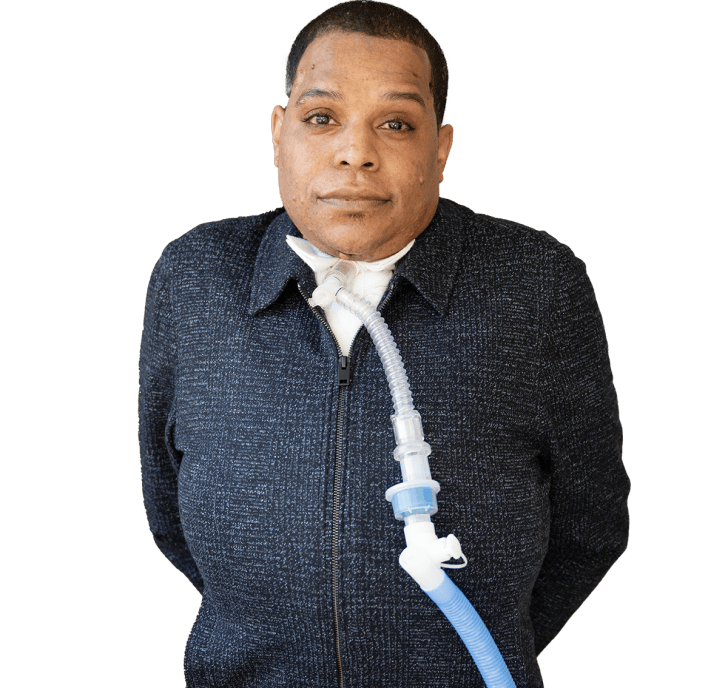
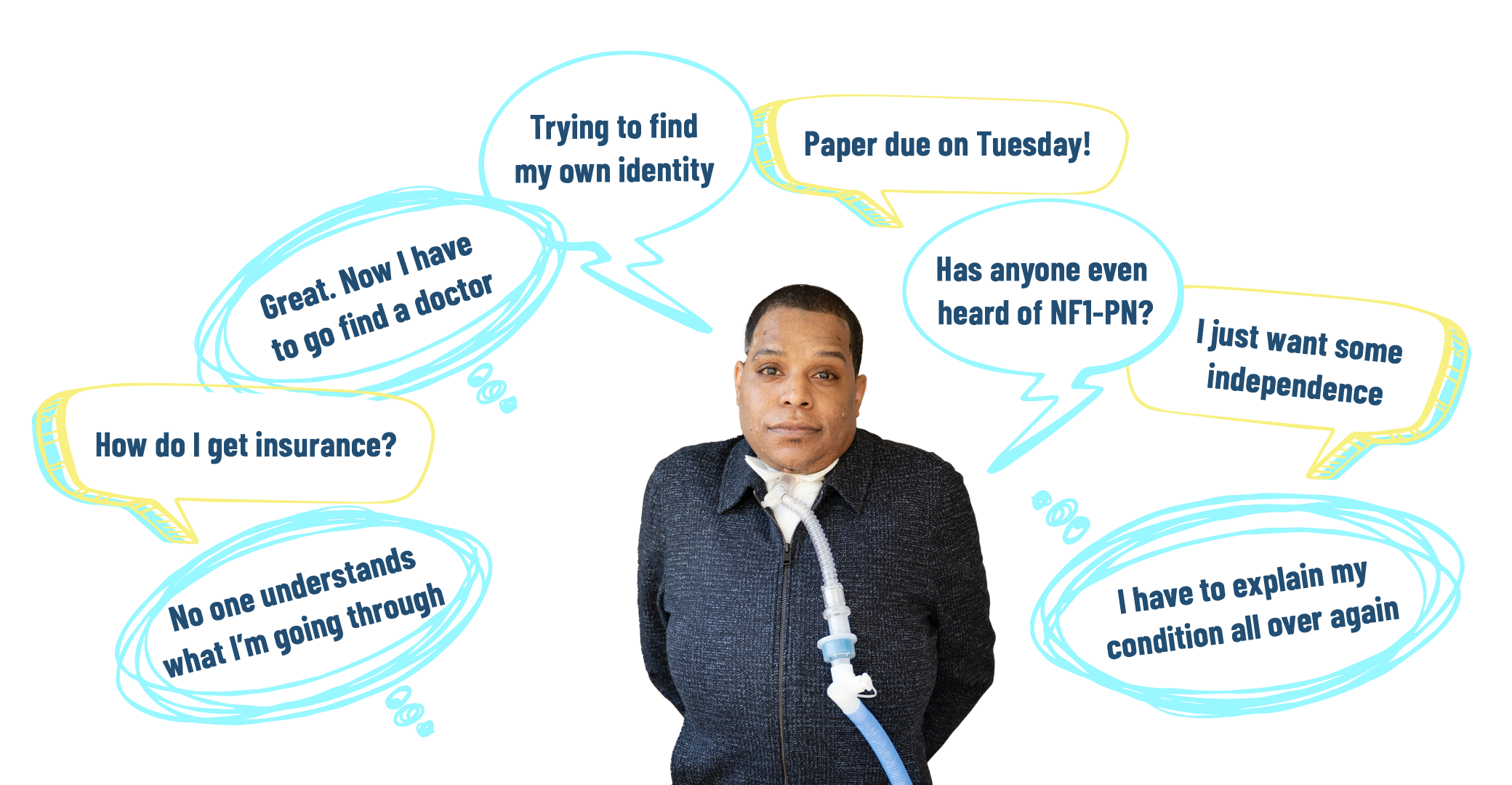
Coping with symptoms isn’t the answer
Need help finding an NF1 doctor?
Having the support of a medical professional who is familiar with NF1 to help manage your condition can make a big difference in your outcomes and life.
NF1-PN Discussion Guide
Routine monitoring is an important part of staying on top of your condition
Monitoring your condition
See Antwan talk about why it’s important to monitor NF1-PN symptoms.
If I was talking to an NF1 patient that didn’t think it was important to see a doctor or to monitor themselves, I would say, don’t be, don’t be naive like I was.
Because if you’re not seeing a doctor on the regular and you’re not monitoring it, what if something does turn to cancer and you’re not seeing a doctor on the regular?
When I got sick in 2013, they found a huge tumor. They even showed me a picture of it. It was crazy. I can’t believe how big it was. That was pushing against the lung, and they found, they found cancer cells in that tumor.
But luckily for me, because they caught it early and because I was seeing the doctor on the regular, they were able just to remove that tumor, and they stopped the cancer. Cancer never was able to grow anywhere.
I get CAT scans on a regular just to make sure no new tumors are popping up. And if a new tumor do pop up, they usually biopsy it right away.
So it helps, you know, seeing a doctor on a regular basis.
If you can stay on top of it, a lot of times when something new pops up, they can catch it before it gets out of control.
Want more stories? Stay connected to hear from other people living with NF1-PN. Sign up now.
Building a care team you trust
Neurologists
HCPs who specialize
in nerve disorders
Oncologists
These HCPs treat tumors and help monitor you over time
Radiologists
and X-rays to see if your body has changed
Pain specialists
HCPs who focus on controlling pain
Dermatologists
Ophthalmologists
These HCPs check for changes in your vision
Orthopedists
mobility and movement
Primary HCP
Who you see for regular checkups; for children, this would be a pediatrician
HCP=healthcare provider; MRI=magnetic resonance imaging.
Caregiver support
Caring for someone with NF1-PN comes with unique challenges, but resources are available to help ease the burden. Find caregiver support and more on our Resources page.
- Radtke HB, Berger A, Skelton T, Goetsch Weisman A. Neurofibromatosis type 1 (NF1): addressing the transition from pediatric to adult care. Pediatric Health Med Ther. 2023;14:19-32.
- Lai J-S, Jensen SE, Patel ZS, Listernick R, Charrow J. Using a qualitative approach to conceptualize concerns of patients with neurofibromatosis type 1 associated plexiform neurofibromas (pNF) across the lifespan. Am J Med Genet A. 2017;173(1):79-87.
- Rietman AB, van Helden H, Both PH, et al. Worries and needs of adults and parents of adults with neurofibromatosis type 1. Am J Med Genet A. 2018;176(5):1150-1160.
- Siegel A, Lockridge R, Struemph KL, et al. Perceived transition readiness among adolescents and young adults with neurofibromatosis type 1 and plexiform neurofibromas: a cross-sectional descriptive study. J Pediatr Psychol. 2024:jsae006.
- Goetsch Weisman A, Haws T, Lee J, Lewis AM, Srdanovic N, Radtke HB. Transition readiness assessment in adolescents and young adults with neurofibromatosis type 1 (NF1). Compr Child Adolesc Nurs. 2023;46(3):223-239.
- Oates EC, Payne JM, Foster SL, Clarke NF, North KN. Young Australian adults with NF1 have poor access to health care, high complication rates, and limited disease knowledge. Am J Med Genet A. 2013;161A(4):659-666.
- Foji S, Mohammadi E, Sanagoo A, Jouybari L. How do people with neurofibromatosis type 1 (the forgotten victims) live? a grounded theory study. Health Expect. 2022;25(2):659-666.
- Data on file: SpringWorks Therapeutics, Inc.
- Stewart DR, Korf BR, Nathanson KL, Stevenson DA, Yohay K. Care of adults with neurofibromatosis type 1: a clinical practice resource of the American College of Medical Genetics and Genomics (ACMG). Genet Med. 2018;20(7):671-682.
- Ferner RE, Huson SM, Thomas N, et al. Guidelines for the diagnosis and management of individuals with neurofibromatosis 1. J Med Genet. 2007;44(2):81-88.
- Fisher MJ, Blakeley JO, Weiss BD, et al. Management of neurofibromatosis type 1-associated plexiform neurofibromas. Neuro Oncol. 2022;24(11):1827-1844.
- Armstrong AE, Belzberg AJ, Crawford JR, Hirbe AC, Wang ZJ. Treatment decisions and the use of MEK inhibitors for children with neurofibromatosis type 1-related plexiform neurofibromas. BMC Cancer. 2023;23(1):553.
- Gregory TA, Molina PSB, Phillips GD, Henson JW. Impact of neurofibromatosis type 1 in an adult community population. Neurooncol Pract. 2022;9(3):229-235.
